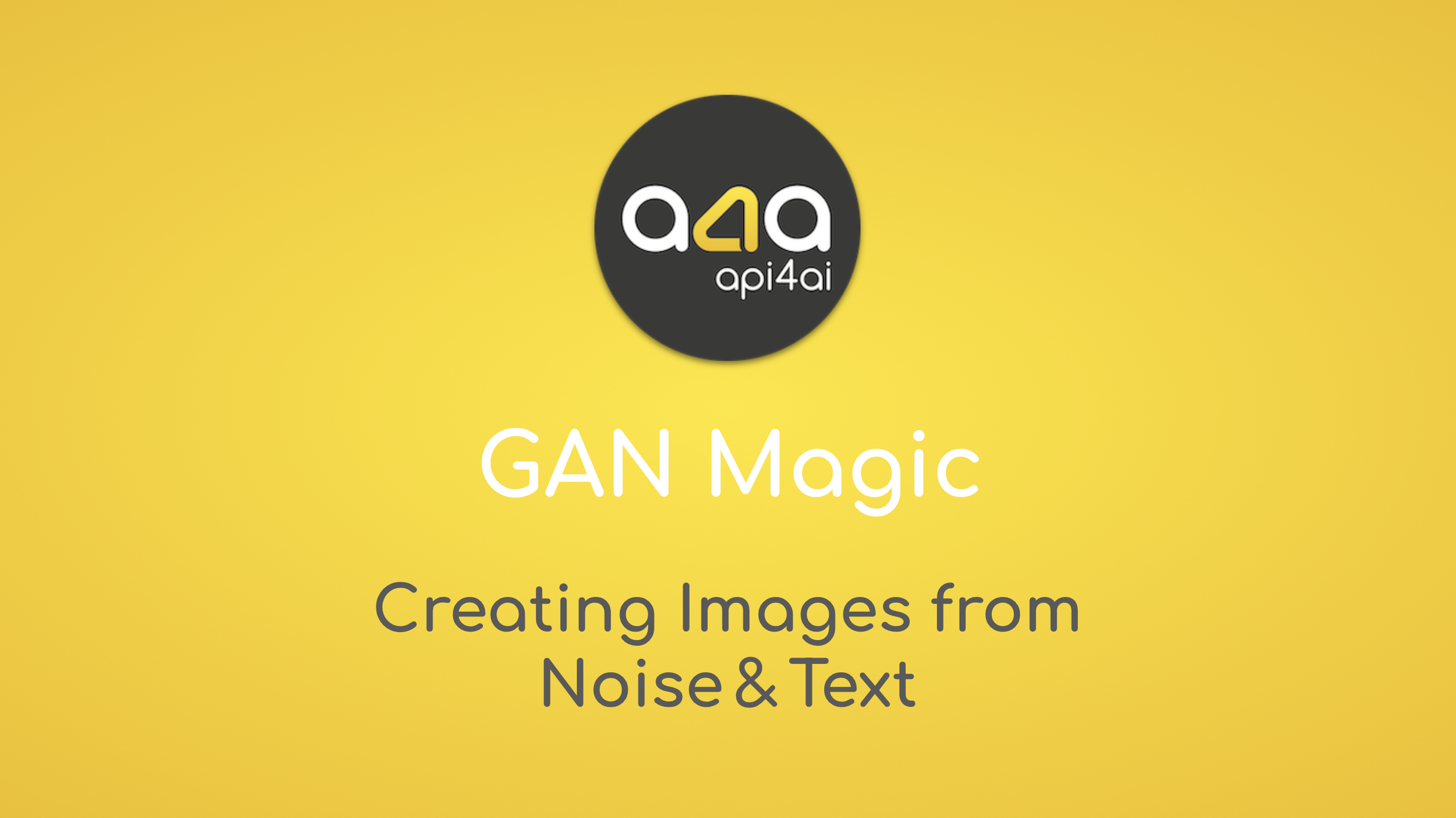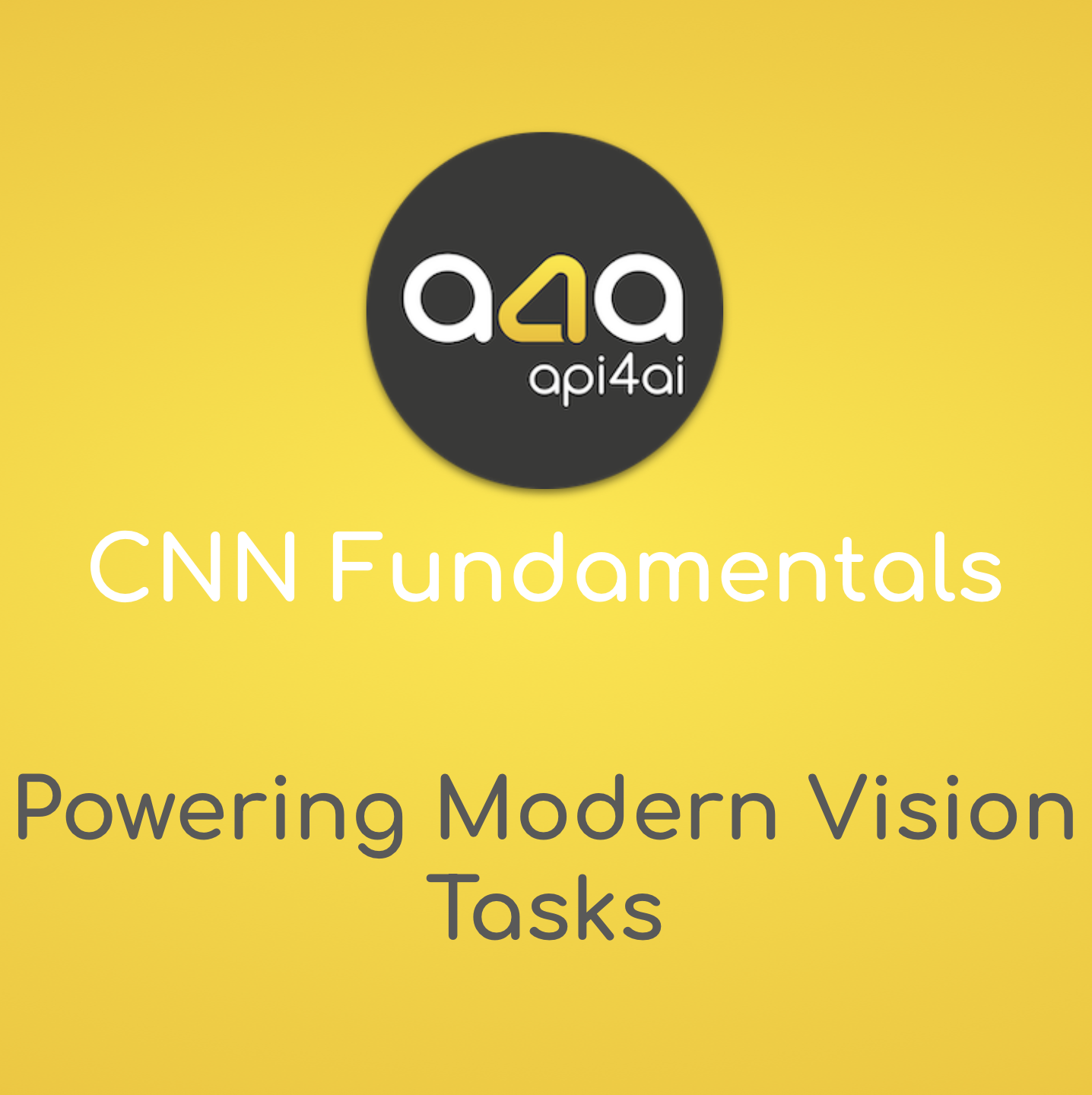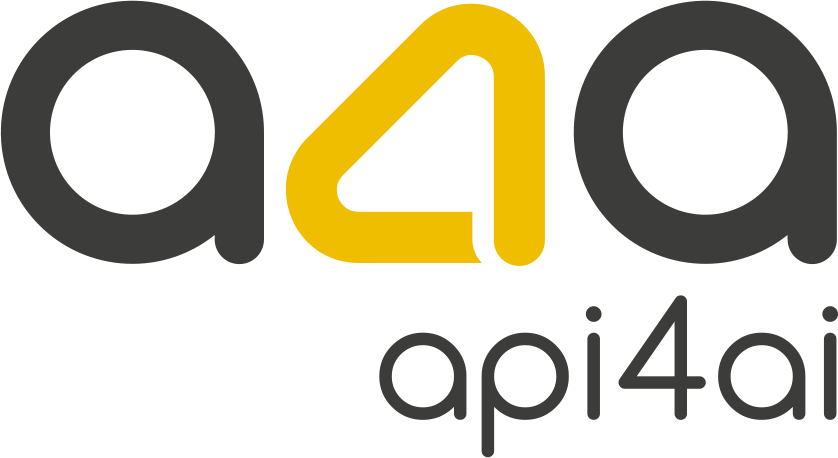
Brand Safety for UGC: Blocking Unwanted Associations
In today’s image-first digital world, a single user-generated meme can thrust a respected brand into controversy overnight. As billions of images and videos flood platforms daily, logos are increasingly misused — paired with hate speech, deepfakes, or explicit content. For C-level leaders, this poses a high-speed reputational risk that demands real-time, automated action. This post explores how AI-powered logo recognition, context-aware moderation, and scalable visual intelligence are helping platforms and brand owners protect their reputation, satisfy regulators, and unlock new business value — before harmful content goes viral.

Influencer Alignment Audits: Are Posts Really On-Brand?
Influencers may tag your brand, but are they truly representing it on-screen? In a digital world dominated by visual storytelling, brands can no longer rely on mentions and hashtags alone. This article explores how AI-powered logo detection and visual audits reveal hidden gaps in influencer content — missed placements, off-brand visuals, and even competitor exposure. For C-level executives, it’s a roadmap to transform influencer marketing from guesswork into a measurable, contract-enforceable, and performance-optimized strategy.

Federated Learning in Vision: Training Models Without Sharing Data
In a world where data privacy is both a legal requirement and a competitive differentiator, federated learning is emerging as a game-changer for computer vision. It allows organizations to train AI models across decentralized image data — without ever moving or exposing sensitive files. From retail shelf analytics and medical imaging to defect detection and autonomous driving, this privacy-first approach is enabling faster, safer innovation. In this post, we explore how federated learning works, where it’s delivering real ROI, and how C-level leaders can adopt it using a blend of ready-made APIs and custom solutions to stay ahead in the AI race.

Autoencoders Explained: Denoise & Compress Pics
Autoencoders are transforming how we process and understand images in the AI era. These powerful neural networks don’t just copy data — they learn to capture the essence of an image, making them incredibly useful for cleaning up noise, compressing large files, and even spotting subtle anomalies that would otherwise go unnoticed. In this comprehensive, beginner-friendly guide, we break down how autoencoders work, including their encoder-decoder structure, the concept of latent space and how they rebuild clean, compact versions of input images. You'll discover how they outperform traditional filters in denoising, beat classic formats like JPEG in compression and provide a flexible, scalable method for visual anomaly detection. Whether you’re a developer, data scientist or product owner, this post will help you understand how to build, train and deploy autoencoders in real-world pipelines — across industries like retail, healthcare, logistics and beyond.

GAN Magic: Creating Images from Noise & Text
Generative Adversarial Networks (GANs) are revolutionizing the way we create visual content — turning noise into photorealistic faces, powering deep-fake video, designing synthetic product photos and even generating stunning images from simple text prompts. In this beginner-friendly guide, we explore how GANs work, why they're essential in 2025's AI-driven content workflows and how businesses and creatives alike can harness their potential for faster, smarter and more scalable visual production.

CNN Fundamentals: Powering Modern Vision Tasks
Convolutional Neural Networks (CNNs) are the driving force behind many of the visual technologies we rely on every day — from unlocking our phones with facial recognition to enabling autonomous vehicles to understand their surroundings. But how do these networks actually work? In this beginner-friendly deep dive, we break down the core building blocks of CNNs, including convolutional layers, kernels, pooling, and activation functions. You'll learn how modern architectures like ResNet have overcome critical challenges to power advanced vision systems used in industries like retail, automotive, security and marketing. We’ll also explore real-world applications — such as OCR, background removal, logo detection and content moderation — and walk you through your options for training models, using pre-trained networks or deploying ready-to-use APIs. Whether you're just starting with deep learning or exploring how to bring AI vision into your product, this guide provides the clarity and insights you need to move forward with confidence.

Top AI Trends in the Travel & Hospitality Industry
From auto-tagging hotel and resort images to building immersive virtual tours and moderating user-generated content, artificial intelligence is rapidly transforming how the travel and hospitality industry manages visual content. In this in-depth article, we explore the top AI trends that are redefining guest engagement, boosting operational efficiency and improving conversion rates across booking platforms. You'll learn how technologies like photo labeling, face anonymization, background removal and visual search are helping brands stay competitive in an increasingly image-driven market. Whether you're part of a boutique hotel, a global chain or a travel tech startup, this guide offers practical insights into how AI-powered image processing can upgrade your digital presence, streamline workflows and elevate the booking experience for the modern traveler.
